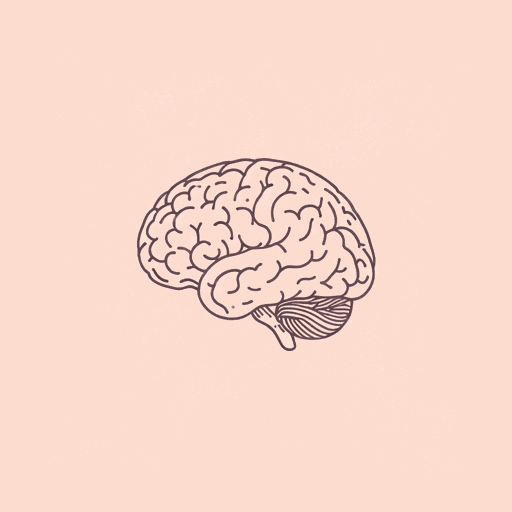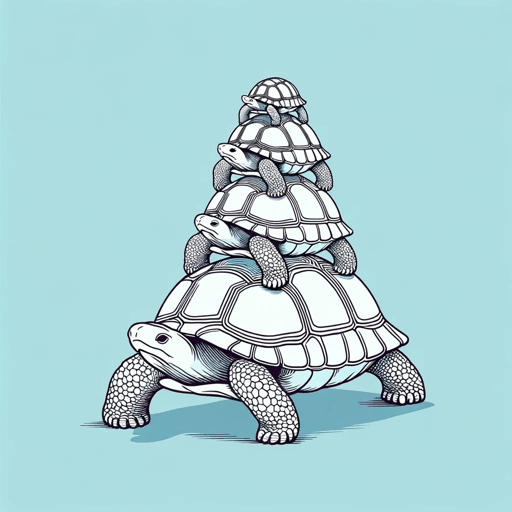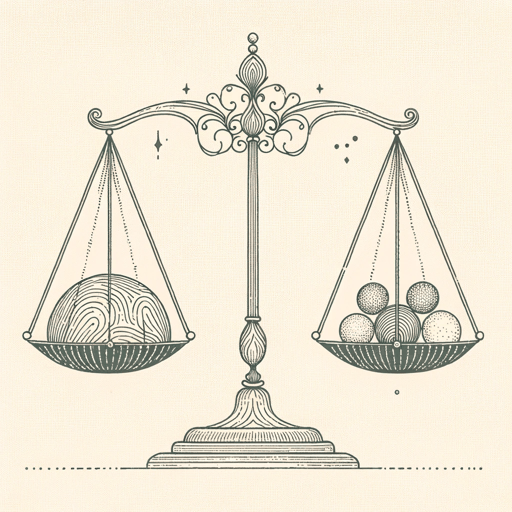92 pages • 3 hours read
Robert M. SapolskyBehave: The Biology of Humans at Our Best and Worst
Nonfiction | Book | Adult | Published in 2017A modern alternative to SparkNotes and CliffsNotes, SuperSummary offers high-quality Study Guides with detailed chapter summaries and analysis of major themes, characters, and more.
Chapter 6Chapter Summaries & Analyses
Chapter 6 Summary & Analysis: “Adolescence; or Dude, Where’s My Cortex?”
This chapter focuses on neuroscientific explanations for adolescent behavior, relying on a crucial fact: “the frontal cortex [does not go] online until our mid-twenties” (154).
Since the FC is all about rationality, logic, and making decisions, its developmental delay helps to explain why we are at our most risk-taking, novelty-seeking, and social in adolescence. As such, this event of developmental psychology is another example of how understanding brain science aids us in deciphering seemingly unscientific aspects of our lives, like why teenagers behave in the strange ways they do.
Surprisingly, considering it is offline, the FC actually has more neurons in adolescence than adulthood. During late adolescence, these neurons are pruned to make not “more brain” but “more efficient brain” (157). Therefore, as adolescence progresses, connections become quicker, and different cortical regions become more densely connected, but early in adolescence these connections are less strong. The dual pruning of the frontal cortex and integration of cortical regions throughout adolescence is shown in cognitive changes in adolescence. During adolescence, working memory, flexible rule use, and task-shifting improves accompanied by increased activity in the frontal region during tasks. Though Sapolsky does not directly state it here, this cognitive pruning is also an indicator of why the interests and activities we take up in adolescence tend to shape the interests and skills we carry for the rest of our lives: our brains are designed this way.
Related Titles
By Robert M. Sapolsky




